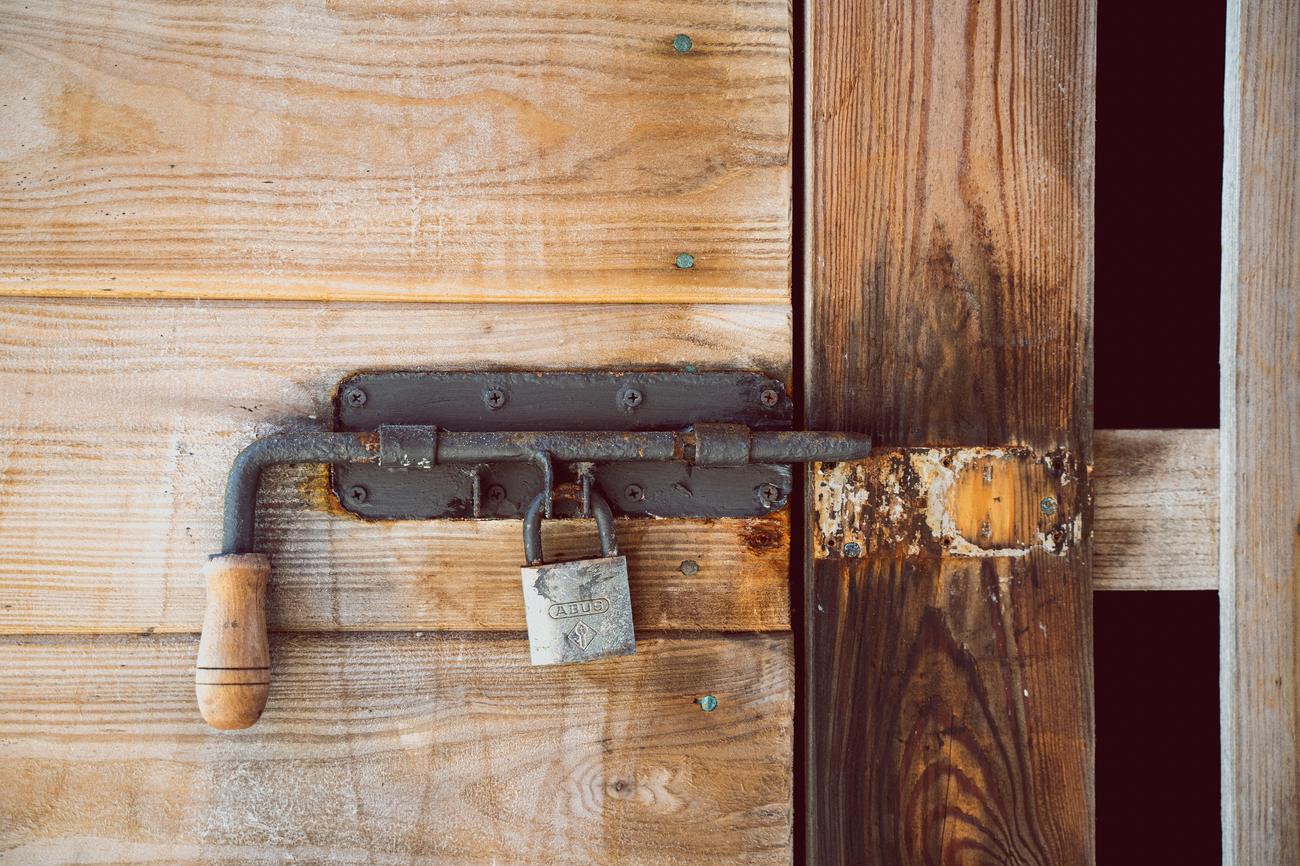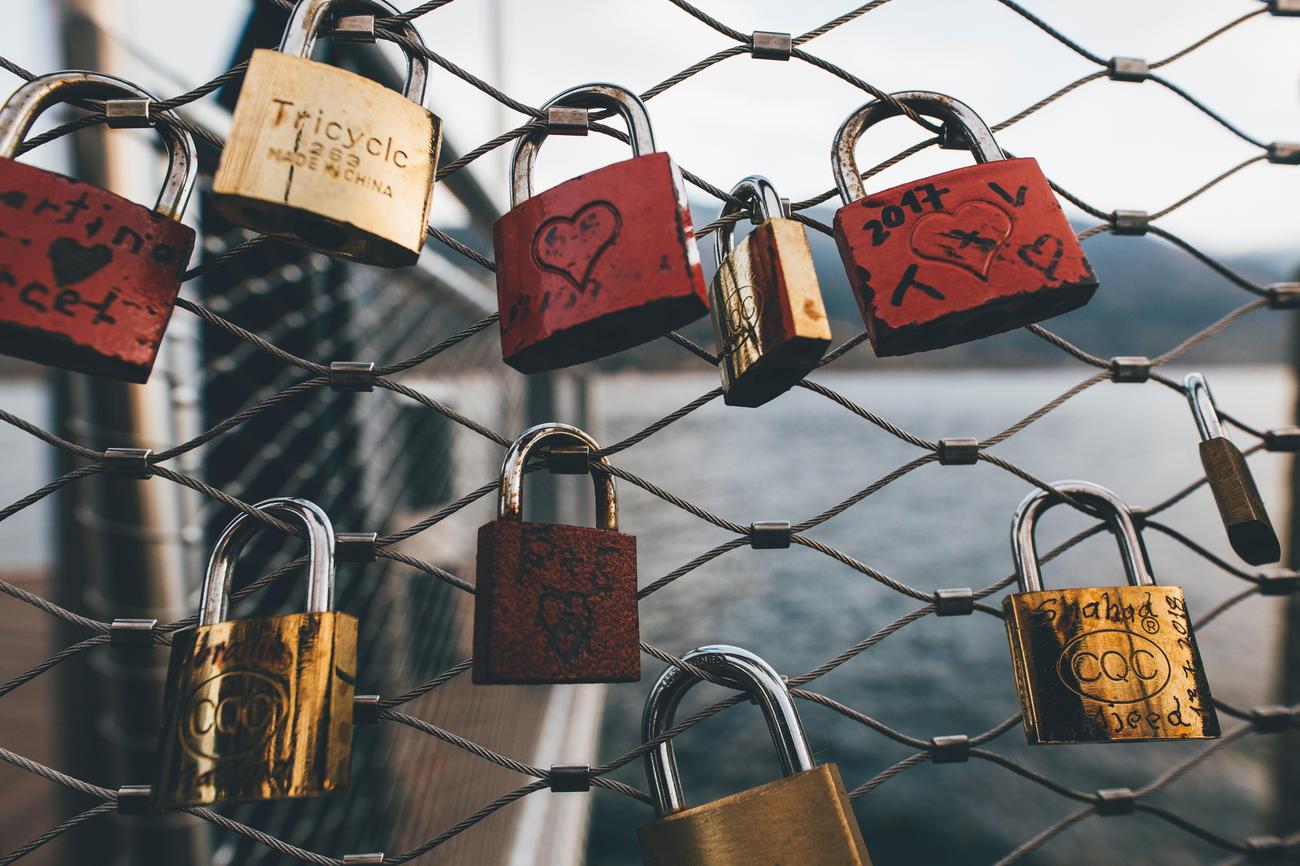Unlocking ancient secrets, The Origin of the First Lock and Key dives into the captivating world of ancient civilizations and their remarkable technological advancements. As an experienced historian and avid archaeological researcher, I am driven by an insatiable curiosity to uncover the mysteries surrounding the first lock and key. With an extensive background in deciphering ancient texts and a deep understanding of engineering techniques employed by our ancestors, I am ready to embark on a journey that will shed light on the origins of this pivotal invention. Join me as we delve into the evolution and significance of the first lock and key, unearthing fascinating tales from history and filling in the missing pieces of this ancient puzzle.

What was the first lock and key?
Imagine a world without locks and keys, where security was a concept yet to be realized. It’s fascinating to think that locks and keys have been an integral part of human civilization for thousands of years. But have you ever wondered what the first lock and key looked like? Travel back with me to the ancient kingdom of Assyria, where the origins of this ingenious invention can be traced back to 4000 B.C.
In the bustling cities of Mesopotamia, the early locksmiths were artisans who crafted locks out of wood and used a simple yet effective mechanism. These locks consisted of pins that could be lifted by a specially designed wooden key, releasing the bolt and allowing access. It was a rudimentary design, but it marked the birth of a concept that would revolutionize security systems for centuries to come.
The Romans, known for their ingenious engineering, adopted a unique approach to keykeeping. Instead of carrying keys separately, they wore them as rings on their fingers, allowing easy access whenever needed. This clever adaptation not only ensured that the keys were always close at hand, but it also served as a symbol of status and authority.
Fast forward to the 9th century A.D., when the English introduced a groundbreaking innovation by inventing the first all-metal locks. These sturdy creations featured intricate designs and mechanisms, providing increased security against intruders. This significant leap forward in lock technology marked a turning point in the evolution of locks and keys.
However, the story of the first lock and key goes even further back in time. In the ancient ruins of Nineveh, the capital of ancient Assyria, archaeologists unearthed the earliest known lock and key device. Dating back over six thousand years, this remarkable discovery offers a glimpse into the ingenuity of our ancient ancestors.
The warded lock is undoubtedly one of the oldest and most recognizable lock designs in the Western world. Its mechanism consists of a series of wards or obstacles that impede the rotation of the key unless the ridges on the key fit perfectly within the spaces between the wards. This design, still in use today in various forms, showcases the resilience and timelessness of ancient engineering techniques.
It’s awe-inspiring to realize that the ancient civilizations of Assyria and Rome paved the way for the locks and keys we rely on today. From wooden locks in Mesopotamia to all-metal innovations in England, this humble invention has come a long way in ensuring our safety and securing our valuables.
So, what makes the first lock and key so significant? It represents the beginning of our quest for security and privacy, an innate human need that transcends time and culture. As we continue to unlock the secrets of ancient civilizations, we gain a deeper appreciation for the ingenuity and resourcefulness of our ancestors. The journey of the first lock and key invites us to reflect on the foundations of our modern world, reminding us of the enduring power of human invention and creativity.
In conclusion, the first lock and key emerged in the ancient kingdom of Assyria, around 4000 B.C. These early locks were crafted from wood and featured a simple pin mechanism that could be lifted by a wooden key. Over time, locks evolved, with the Romans adopting the practice of carrying keys as rings on their fingers and the English inventing the first all-metal locks. The warded lock design, with its intricate wards and keys, has stood the test of time and remains one of the oldest and most recognizable lock designs. The discovery of the earliest known lock and key device in Nineveh offers valuable insights into the ancient origins of this pivotal invention. Today, we continue to rely on locks and keys for security, carrying with us a 6000-year-old tradition of protecting our possessions and safeguarding our privacy.
Keys are fascinating objects that hold so much power and mystery. Have you ever wondered about the origin of keys or the different types of keys that exist? If so, you’re in for a treat! Check out our collection of interesting facts about keys and unlock a world of knowledge. Don’t miss out, click here to dive into the captivating realm of keys: facts about keys.

FAQ
What does the history of the first lock and key reveal?
The history of the first lock and key reveals that it dates back to 4000 B.C. in the Mesopotamian kingdom of Assyria. The earliest locks were made of wood and used small pins that could be lifted by a wooden key. Over time, the design and materials of locks and keys evolved, leading to the invention of all-metal locks by the English between 870 and 900 A.D.
How were the first locks operated?
The first locks were operated using wooden keys that lifted small pins within the lock mechanism. By aligning the pins correctly, the lock could be opened. This early design employed basic principles that laid the foundation for the development of more complex lock and key systems.
What is the significance of the warded lock in the history of locks and keys?
The warded lock is one of the oldest and most recognizable designs in the Western world. Its development marked a significant advancement in lock technology. Warded locks featured a series of obstructions, or “wards,” which required a correctly shaped key to overcome. This design greatly increased security and became a common choice for centuries.
How have locks and keys evolved over time?
Locks and keys have evolved significantly since their first appearance in ancient Assyria. From wooden locks and keys, the design transitioned to all-metal mechanisms, providing increased strength and durability. Today, locks can be found in various forms, such as on front doors, safeboxes, and cars, and nearly every person owns a set of keys.
What is the oldest known lock and key device?
The oldest known lock and key device dates back more than six thousand years ago and was discovered in the ruins of Nineveh, the capital of ancient Assyria. This remarkable find offers invaluable insights into the earliest applications of lock and key technology, showing the ingenuity of ancient civilizations in developing complex security systems.
- How many feet is 300 meters? 984 Feet: Understand Length Conversions Easily - March 31, 2025
- Senior at What Age: Benefits & Eligibility Guide - March 29, 2025
- Unlocking Senior Benefits: How Old is a Senior? Your Complete Guide - March 29, 2025
















